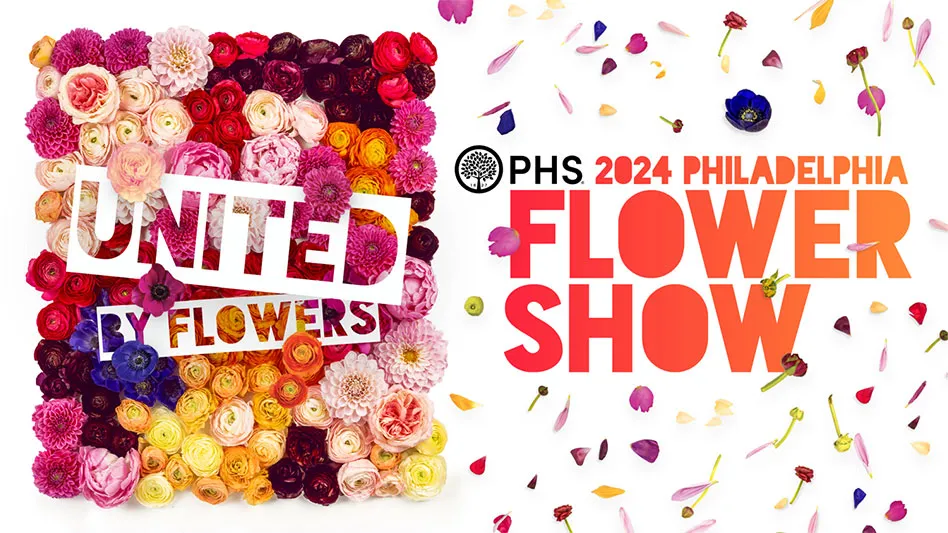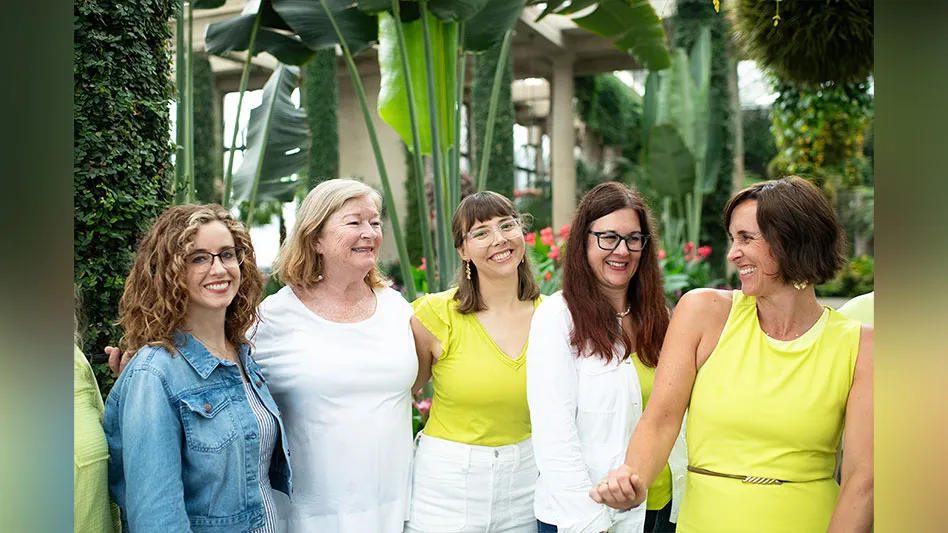
Photo courtesy of PlantRight
We hear about invasive plants all the time along with the reasons we should advise gardeners not to plant them in certain areas of the country. In California, they’ve taken fighting invasive plants to the next level with the formation of PlantRight which is supported by Sustainable Conservation.
We sat down with PlantRight project manager Stephanie Falzone, program director Jan Merryweather and the executive director of the Plant California Alliance Chris Zanobini to find out how they’re fighting invasive plants in California and how the horticultural industry can join the cause.
Garden Center magazine: How did PlantRight get started? What is its mission?
Stephanie Falzone: Sustainable Conservation was approached by the Nature Conservancy in California because land that they were purchasing for conservation was being degraded by invasive plants. Those same invasive plants were still being sold in nurseries in California. Sustainable Conservation had the right approach and reputation for a project like PlantRight. We work collaboratively with the industry. Sustainable Conservation works with agriculture, dairy and we felt the need to work across the horticulture industry and educate all sides from the supply chain, propagators to growers, garden centers and gardeners. In keeping with Sustainable Conservation's approach, we created a program that is collaborative, voluntary and science-based and it brings together the industry, nonprofits, government and academia for it to work. We set up the program by forming our steering committee which includes people from all of those different groups and having them meet about this issue. Pampas grass and Mexican feathergrass are some of the most popular invasive plants on the list.
Jan Merryweather: The reason we got involved is that when you look at the pathways on how these invasive plants got here in the first place you learn that a very high percent was introduced through the horticulture trade, and not with any malicious intent. Invasive plants often have a lag phase. These plants are exceptionally beautiful and are often drought tolerant. So, PlantRight is a great way to tackle the problem by promoting locally appropriate, climate appropriate plants. The key is to not get romanced by the invasive plants that are beautiful, drought tolerant and hardy and knowing which plants are well-behaved and which plants are going to be a problem. That's where we come in working with plant sciences. Plant California Alliance has been with us from day one, so we have this incredible wealth of horticultural wisdom and networking influence through our advisors. That helps us with being able to keep up to date on the highest priority invasive plants and recommend non-invasive alternatives.
GC: You started in California but are working on a national level as well. How are your efforts being received nationally?
JM: Our statewide program is 99.9% of our work, the national initiative refers to the plant risk evaluator tool. The national initiative tool has been in beta since 2016. With the support of the Farm Bill, we were able to validate this tool beyond California to four states: Texas, Georgia, Illinois and Minnesota, and working with four botanical gardens while adding a total of 200 new plants of intrigue. Our friends and advisers at AmericanHort and Horticultural Research Institute are helping us explore how Sustainable Conservation can find a long-term home for the plant risk evaluator tool. That way it can be accessible to all those who want to know before they grow and see if a plant poses a specific risk to a specific state. Because this is a voluntary program, it really depends on the leadership and the extent to which nursery trade associations like Plant California Alliance want to take a more active role in invasive plant awareness.
GC: How many garden centers and nurseries currently participate in the program? Are you working with production nurseries to help your cause?
SF: So right now, the number of garden center partners is 23 and the number of storefronts is 379 in the state of California. Most of those storefronts are The Home Depot and Lowe’s but our partners vary from them to SummerWinds Nursery, Green Acres Nursery & Supply and more.
Chris Zanobini: It's a total trickle-down effect from production nurseries. If there is not a desire for that plant anymore from their customers, then they [the nurseries] are really not going to produce. We also must take a bigger picture look in that sometimes a plant will still be produced in production nurseries, but it's not being sold in California and maybe being sold elsewhere where it is not considered invasive.
GC: How many plants on the invasive list are still actively grown in the nursery trade? Can you give some specific examples?
SF: Because of how our list works, if it is on the list it is still sold in nurseries in California. We keep it focused on plants that are still sold. We use our nursery survey to inform how we add and retire plants to the list. If a plant is found at less than 1% of nurseries three years in a row it is then up for retirement as it is not relevant anymore. We still have information on the plants that were removed on our website, but we keep it relevant to what is being sold in nurseries and there are currently seven [invasive plants]. There are a lot of people that make PlantRight possible and without their expertise and guidance, it wouldn’t be. It's a great effort that they survey all these nurseries [for invasive plants].
GC: How can garden centers and nurseries become a PlantRight partner?
SF: That can be done on our website and making an account. The whole process happens on the My PlantRight page where people can go ahead and register their nursery and invite staff to take the training. All the training happens online, but we would also like to be contacted if someone wants to become a partner so we can also have a discussion. We then have them take a pledge that they will not sell plants on our list and if others are added in the future, they will not sell those either.
JM: This is a program that is just in California now, but we certainly encourage other states that are interested to help themselves to any of our content. Steph created a video specifically for other states organizations that may be looking to create an organization like PlantRight.
GC: How do you support your PlantRight partners in their efforts?
SF: We are available to answer specific questions on if a plant is invasive or not. Our educational materials are on our website and customers and staff can access them at any time along with our partner directory to help find partners in their area. We also share our partner's efforts and materials on social media, via short video and on our website.
JM: We are all about providing supplemental education. For example, the SummerWinds chain requested some point-of-purchase material to let their customers know why they won't see a certain plant in their facility. Summer Winds wants to be known for helping their customers make the best choice possible when it comes to California-friendly plants. They also want to make sure their sales staff is informed because that helps the customers. We are a supplemental provider of education. Nurseries these days are so much more than selling plants. They are a hub in the community for learning.
CZ: From the partner side and the nursery industry side, this has been an incredibly successful program because we've been able to accomplish great things without regulation and I think it really shows the willingness from the nursery industry to do the right thing. If you look at how many plants have been retired from the list, I think we have accomplished some incredible things and doing it without regulations is huge because nurseries are already heavily regulated in California. It's an exciting time and had been an exciting time in the nursery industry in California. We recently unified the California Association of Nursery Growers and the Nursery Growers Association into the Plant California Alliance. By doing that, we have strengthened the voice of the nursery industry in California and now have potentially more resources to help the industry move forward. It's exciting to work with Sustainable Conservation and be able to give PlantRight hopefully a long-term home in California.
Latest from Garden Center
- Weekend Reading 5/17/24
- GardenComm 2024 Annual Conference registration is open
- Landmark Plastic celebrates 40 years
- Proven Winners introduces more than 100 new varieties for 2025
- Weekend Reading 5/10/24
- The Family Business, Part 2: Agreeing (and disagreeing) on capital investments
- Registration opens for Darwin Perennials Day
- Weekend Reading 5/3/24





